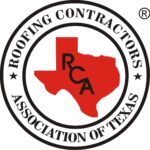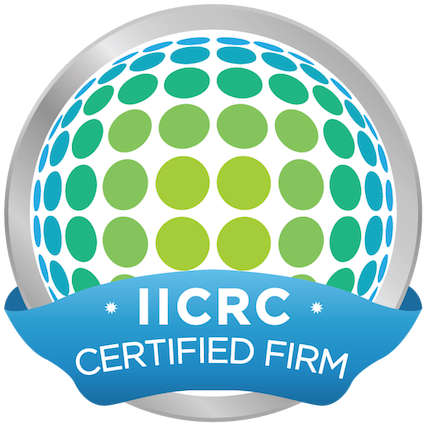When building a new home or making roofing repairs, there are many factors to consider. One of the most important decisions is choosing a hot or cold roofing system. Both systems have their pros, and it can be difficult to decide which is right for your home. This post will discuss the differences between hot and cold roofing systems and help you decide which is best for you.
Two Types of Roofs
There are two main roofing types: hot and cold. Hot roofing is a system where the insulation and membrane are installed on top of the rafters, while the cold roofing system installs the insulation and membrane below the rafters. Both approaches have their advantages, which we will discuss now.
Hot Roofs – What Should You Know?
Hot roofs are becoming an increasingly popular roofing system, and for a good reason. They have many advantages:
Thermal Bridging: One of the biggest advantages of hot roofing is that it eliminates thermal bridging. Thermal bridging occurs when heat escapes through areas with no insulation, such as as the rafters. This can cause your energy bills to skyrocket in the winter. By installing the insulation on top of the rafters, you eliminate this problem and keep the heat in your home where it belongs.
No Moisture Build Up: Hot roofs also prevent moisture build-up, which can cause damage to your roof and the framing of your home. Moisture can also exacerbate the growth of mold and mildew, which can be harmful to your health. With a hot roofing system, the warm air rises and dissipates any moisture that may form.
Cheaper to Install: Hot roofs are more affordable than cold roofs. You do not need as much insulation with a hot roof, and the installation process is simple.
Cold Roofs – What Should You Know?
A cold roof is a roofing system where the insulation is placed below the roof deck. Cold roofs are most commonly used in commercial and industrial buildings but can also be used in residential homes. There are several benefits to using a cold roof, including:
Improved Energy Efficiency: Cold roofs help keep your building cooler in the summer and warmer in the winter, leading to significant energy savings.
Condensation: Cold roofs help reduce condensation, improve indoor air quality and prevent mold and mildew growth.
Easy Installation: Installation of a cold roof is very easy, making it a good alternative for buildings with limited access.
If you’re considering a cold roof for your home or business, there are a few things to keep in mind. Cold roofs can be more expensive than hot roofs, requiring more maintenance. However, the benefits of a cold roof may outweigh the cost and effort needed to keep it in good condition. Cold roofs can provide years of comfort and energy savings when installed properly.
If you have any questions about hot or cold roofing, or if you need help choosing the right option for your property, let Integrity Restoration in Richmond, VA, know. Our roofing professionals offer roof installation, roof replacement, and roof repair services, and we can help you transform your home’s exterior into the canopy of comfort you deserve. Request a free quote today.



